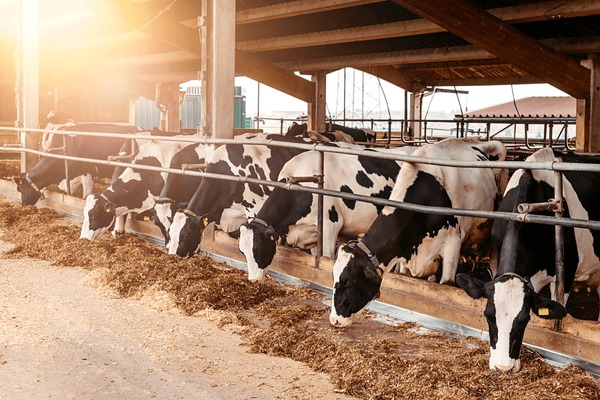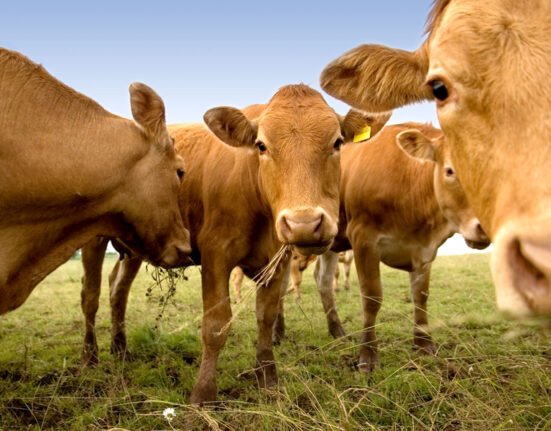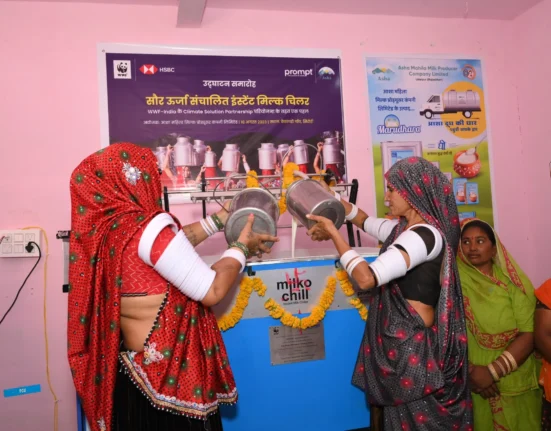Synthetic Methane Inhibitors Edge Closer to Commercial Reality as Rumin8’s CHBr₃-Based Formulation Delivers Breakthrough Results
In the global race to decarbonize agriculture, enteric methane emissions from ruminants remain one of the most stubborn sources of greenhouse gases. Researchers and innovators are now turning to synthetic methane inhibitors to tackle the issue at scale, with new data emerging that supports their effectiveness and potential for global deployment.
A recent peer-reviewed study by UC Davis adds weight to the growing body of evidence supporting synthetic compounds like Tribromomethane (TBM) in methane mitigation. The research, which evaluated a novel feed additive from climate-tech startup Rumin8, revealed methane reductions of over 95% in cattle fed the company’s oil-based formulation — a figure comparable to results seen in seaweed-based solutions, but potentially more scalable and controllable.
Synthetic Additives: A Promising Tool in the Methane Mitigation Arsenal
While numerous approaches — from diet reformulation and tannin-rich forages to nitrate supplements and microbial interventions — have shown varying degrees of methane reduction, inhibitors like CHBr₃ (bromoform) have emerged as one of the most promising tools. However, regulatory hurdles and safety concerns have slowed widespread adoption.
Rumin8’s technology, inspired by the naturally occurring methane-blocking compounds found in red seaweed (Asparagopsis), uses a synthetic version of CHBr₃ to achieve consistent dosing without the supply chain and scalability challenges posed by seaweed farming.
The startup is developing multiple delivery systems, including solid feed, water-soluble powder, and bolus forms, to adapt to diverse livestock systems — from confined feedlots to extensive grazing setups.
Inside the UC Davis Trial
The 12-week trial involved 24 Angus beef steers fed a total mixed ration (TMR) and split into three groups:
- A control group receiving no additive
- A group fed Rumin8’s oil-based formulation
- A group receiving the powder-based variant
The standout result: steers fed the oil-based formulation (8 mL/kg dry matter intake) exhibited a 95% reduction in absolute methane production, 95% reduction in methane yield, and a 96.1% drop in methane intensity — all without compromising rumen function or growth performance.
The powdered variant, however, showed no statistically significant impact, likely due to suboptimal concentrations of the active compound. Researchers emphasized the need for further optimization of the powdered formulation before commercial rollout.
“These findings indicate that synthetic CHBr₃ formulations could replicate — and even improve upon — the methane suppression seen in seaweed trials, minus the scalability bottlenecks,” the authors concluded.
Regulatory Headway and Commercialization Roadmap
Rumin8 has been steadily building its regulatory portfolio. In Brazil, home to over 230 million cattle, the company secured feed ingredient approval from the Ministry of Agriculture in October 2024 — a pivotal milestone. New Zealand followed with provisional approval in July 2024.
Additional trials are ongoing in Australia, New Zealand, Brazil, and the United States, with European trials expected to commence soon. A company spokesperson indicated that future studies will focus on real-world commercial conditions to meet full regulatory requirements across major beef and dairy-producing regions.
“The UC Davis trial is a pivotal moment for us,” said David Messina, CEO of Rumin8. “To have a globally respected institution independently validate our methane reductions — previously demonstrated in Australia, New Zealand, and Brazil — moves us one step closer to delivering climate solutions at scale.”
Relevance for Emerging Markets
For methane-intensive livestock economies like India, where nearly 300 million cattle and buffalo contribute to both rural livelihoods and national emissions, innovations like Rumin8’s could be transformative. While regulatory frameworks in the region are still catching up, synthetic feed additives could eventually offer a scalable alternative to less consistent traditional methods like feed optimization or rotational grazing.
As the global livestock sector faces mounting pressure to decarbonize, Rumin8’s work demonstrates that a synthetic, precision-engineered approach could play a critical role — provided it is safe, cost-effective, and adaptable across geographies.







